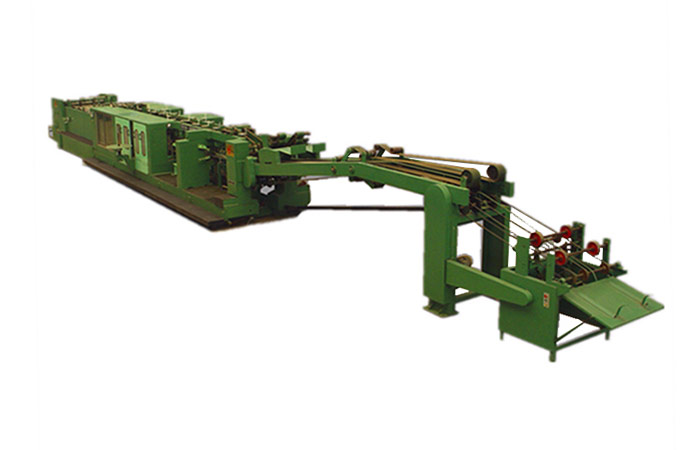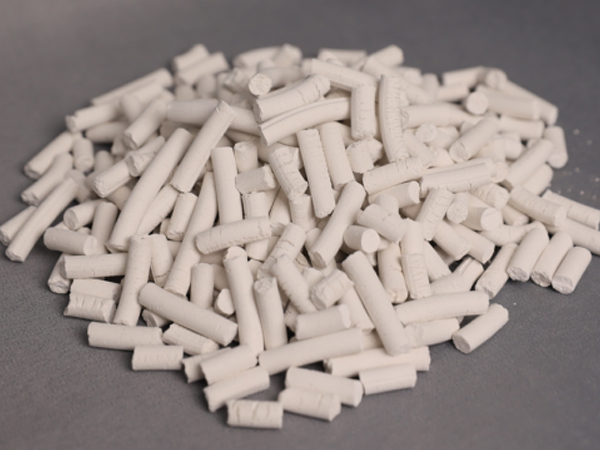The specification of a vibrating screen can vary depending on its intended use and the specific requirements of the application. However, here are some common specifications and parameters that are typically considered when describing a vibrating screen:
Dimensions: The overall size of the vibrating screen, including its length, width, and height, is an important specification to consider. It determines the screen’s capacity and the space required for installation.
Screening Area: The effective screening area refers to the actual surface area available for material screening. It is typically measured in square meters or square feet.

Mesh Size: The mesh size refers to the opening size of the screen surface through which the material passes. It is defined by the number of openings per linear inch or millimeter. Mesh sizes can vary widely depending on the application and the desired particle size separation.
Screen Deck(s): A vibrating screen can have multiple screen decks or levels of screening surfaces stacked on top of each other. The number of decks determines the separation efficiency and the ability to classify materials into different size fractions.
Screen Motion: Vibrating screens can employ various types of motion, including circular motion, linear motion, or elliptical motion. The type of motion affects the screening efficiency, the capacity, and the material flow pattern on the screen surface.

Drive System: The vibrating screen is powered by a drive system that generates the necessary vibration to move and agitate the material on the screen surface. Common drive systems include electric motors, hydraulic motors, or mechanical exciters.
Vibration Characteristics: The vibration characteristics of a vibrating screen include parameters such as amplitude, frequency, and acceleration. These parameters determine the intensity and direction of the vibrations and influence the screening performance.
Construction Material: The construction material of the vibrating screen affects its durability, resistance to abrasion and corrosion, and suitability for different applications. Common materials used for screens include steel, stainless steel, rubber, and polyurethane.
Support Structure: The vibrating screen is typically mounted on a support structure, which can be a steel frame or a concrete foundation. The support structure provides stability and ensures proper alignment and operation of the screen.
…
More detailed information on the specifications of the vibrating screen can be accessed by clicking:https://www.hsd-industry.com/news/vibrating-screen-specifications/









